The Barrymore Family stands as one of Hollywood’s most enduring acting dynasties, their theatrical legacy stretching across generations and mirroring the very evolution of the entertainment industry. From the nascent days of stage performance to the glittering lights of modern cinema and television, the Barrymores have consistently captivated audiences. While contemporary Hollywood boasts other prominent filmmaking families, such as the illustrious Coppolas, the Barrymores distinguish themselves as a family solely dedicated to the craft of acting, a lineage defined by talent and dramatic flair. Interestingly, “Barrymore” itself is often a stage name, with many family members born under the surname “Blythe,” highlighting their conscious embrace of the Barrymore identity as their professional moniker.
Though Drew Barrymore remains the most globally recognized member carrying the family torch today, the Barrymore lineage is populated with a constellation of stars who have illuminated the stage and screen. Their collective contributions have cemented their status as true Hollywood royalty. Furthermore, the family’s roots extend through Georgie Drew Barrymore, the matriarch, connecting them to an even wider network of celebrated actors from the early 20th century. Examining the celebrated members of the Barrymore family and their individual legacies reveals the remarkable depth and breadth of their multigenerational talent.
[ 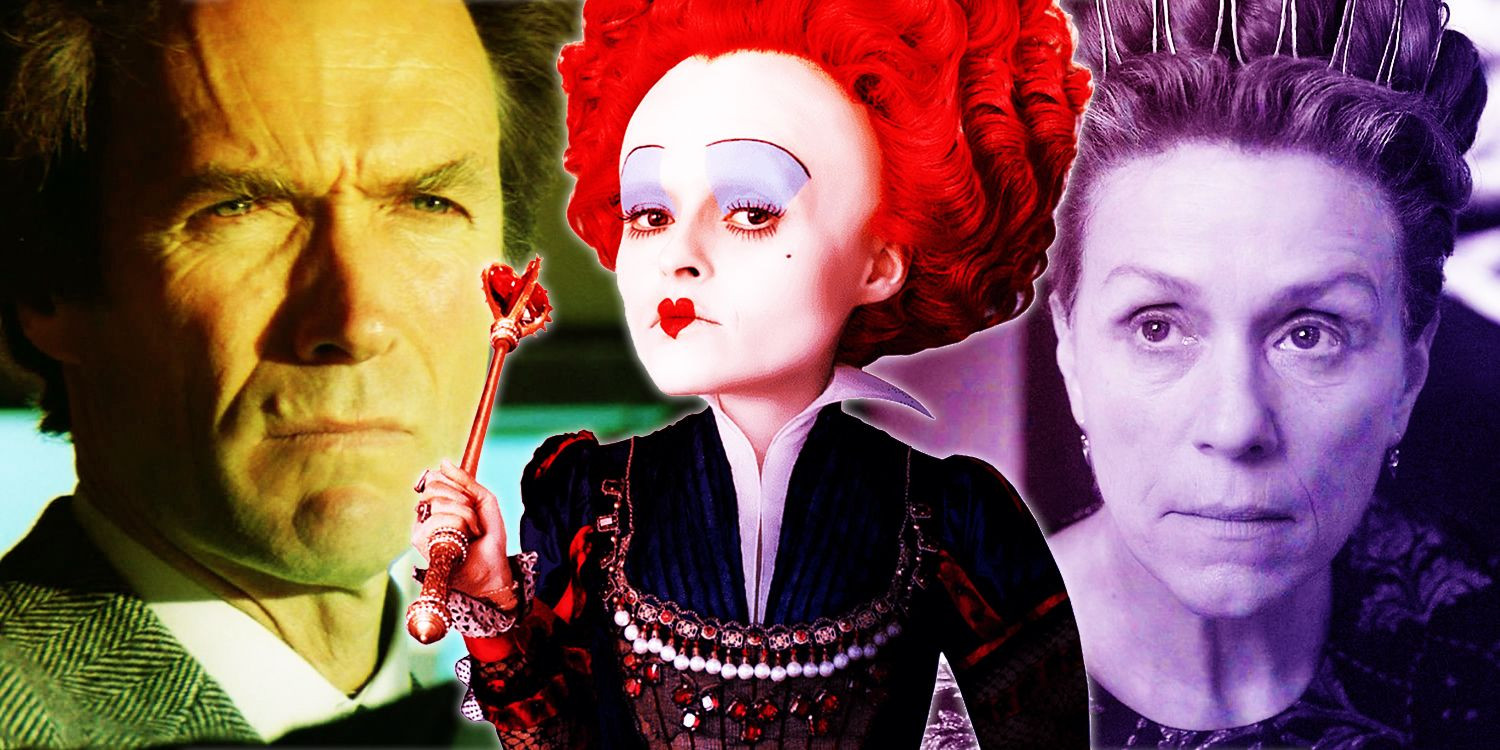 Collage of Clint Eastwood as Harry Callahan in the Dirty Harry movie Sudden Death, Helena Bonham Carter as The Red Queen in Tim Burton
Collage of Clint Eastwood as Harry Callahan in the Dirty Harry movie Sudden Death, Helena Bonham Carter as The Red Queen in Tim Burton
](/movie-directors-cast-family-members/)
Drew Barrymore: From Child Star to Talk Show Host
Notable Projects: E.T. the Extra-Terrestrial, Scream, The Wedding Singer, Charlie’s Angels
The most recognizable face of the Barrymore family, Drew Barrymore’s career began in infancy, appearing in commercials at just 11 months old. By age 7, she achieved global stardom as Gertie in Steven Spielberg’s iconic 1982 film, E.T. the Extra-Terrestrial. This role propelled her to become the youngest person ever to host Saturday Night Live, and she continued her early success with roles in popular 80s films like Stephen King’s Firestarter and Cat’s Eye. After navigating some personal challenges in her youth, Drew Barrymore staged a remarkable career resurgence in the late 1990s. Her memorable appearance in Scream and subsequent comedic roles in films like Never Been Kissed and The Wedding Singer cemented her status as a leading lady.
The 2000s brought even greater success for this member of the Barrymore family, with starring roles in blockbusters such as Charlie’s Angels, cult classics like Donnie Darko, and romantic comedies like 50 First Dates and Fever Pitch, as well as the critically acclaimed Grey Gardens. In 2009, she expanded her creative endeavors into directing with Whip It, which earned positive reviews. While continuing to act in films throughout the 2010s, including Blended, she also gained recognition for her starring role in the Netflix series Santa Clarita Diet. In 2020, Drew Barrymore launched her own daytime talk show, The Drew Barrymore Show, which has become a successful and established part of her career, currently in its third season.
Despite her ongoing presence in Hollywood with her talk show, Barrymore announced in 2021 that she would be taking an indefinite hiatus from acting. However, in a 2023 interview, she expressed enthusiasm about potentially collaborating with Adam Sandler again, her frequent co-star in beloved rom-coms like The Wedding Singer and 50 First Dates. Whether this project materializes remains to be seen, but the prospect of this iconic duo reuniting on screen is highly anticipated by fans.
[ 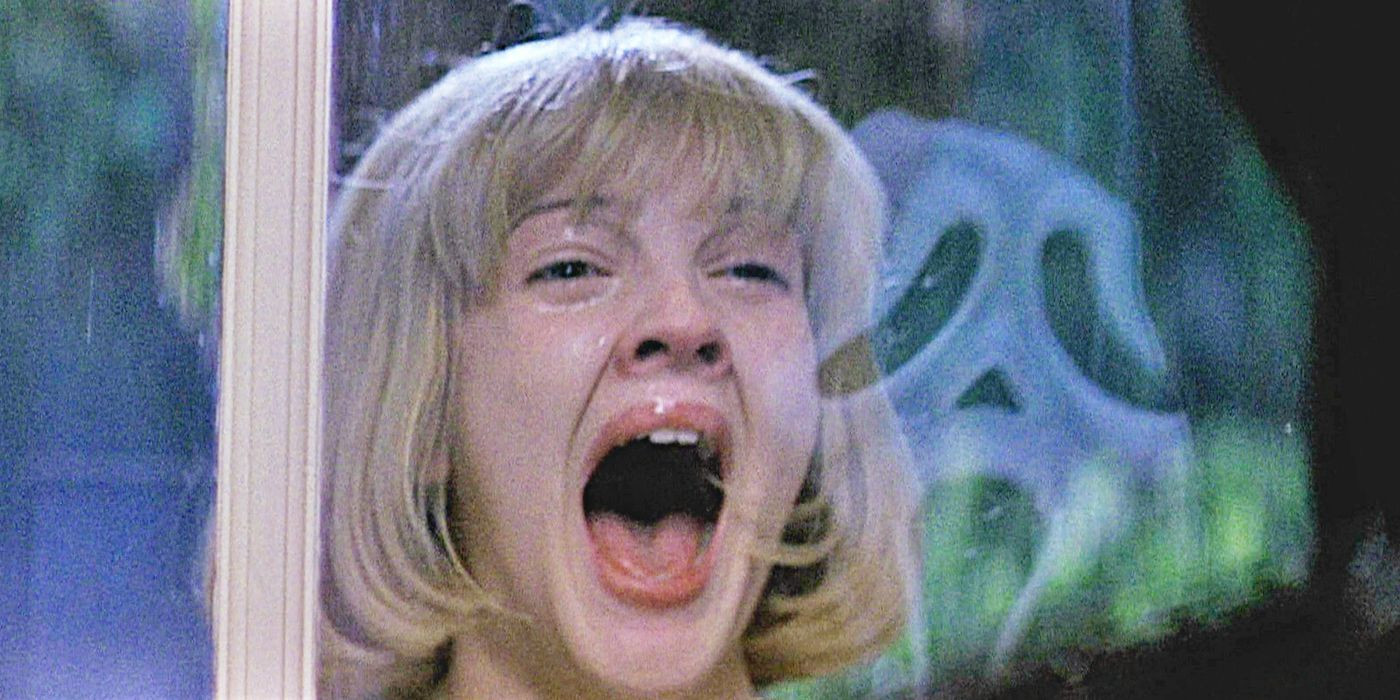 Drew Barrymore sees Ghostface in Scream.
Drew Barrymore sees Ghostface in Scream.
](/drew-barrymore-best-movies-imdb-et-scream/)
Lionel Barrymore: A Stage and Screen Legend
Notable Projects: A Free Soul, Key Largo, It’s a Wonderful Life
Drew Barrymore’s grand-uncle, Lionel Barrymore, is revered as one of the most significant Hollywood actors of the 1930s and 40s. Lionel, along with his siblings John and Ethel, represented the first wave of Barrymores to achieve widespread fame. Born into a theatrical family, the son of Maurice and Georgie Barrymore, Lionel began his career on stage in the early 1900s, appearing in various Broadway productions, including the acclaimed play The Mummy and the Hummingbird (1902). In the late 1910s, he transitioned to silent film, securing leading roles under the direction of D.W. Griffith.
Lionel Barrymore’s talent was critically recognized when he won the Academy Award for Best Actor in 1931 for A Free Soul, having also received a Best Director nomination the previous year for Madame X. Throughout the 30s and 40s, this key figure in the Barrymore family starred in numerous acclaimed films, including the Dr. Kildare series, Grand Hotel, You Can’t Take It With You, Key Largo, and the timeless Christmas classic It’s a Wonderful Life, where he famously portrayed the memorable villain, Mr. Potter. In the later part of his career, Lionel Barrymore became widely known for his annual radio performances as Ebenezer Scrooge in A Christmas Carol.
[
](/its-a-wonderful-life-ending-explained/)
John Barrymore: “The Great Profile” of Stage and Silent Film
Notable Projects: Dr. Jekyll and Mr. Hyde, Grand Hotel, Twentieth Century
John Barrymore, Drew Barrymore’s grandfather, followed in the theatrical footsteps of his parents and siblings, Lionel and Ethel. He gained significant recognition for his Shakespearean stage performances, particularly his portrayal of Hamlet, which established him as a leading American tragedian. Barrymore transitioned into the silent film era, starring in popular films such as Dr. Jekyll and Mr. Hyde and as the titular character in the 1922 Sherlock Holmes movie. His striking profile earned him the nickname “The Great Profile”. Like other members of the Barrymore family, John successfully navigated both silent and sound films.
Remarkably, John Barrymore’s career arguably reached even greater heights with the advent of sound in film. Three of his most celebrated sound films, Grand Hotel, Twentieth Century, and Midnight, have been inducted into the National Film Registry, recognizing their cultural and historical significance. John’s personal life, however, was marked by controversy and struggles with alcoholism, which unfortunately impacted his later career, leading to fewer roles before his passing in 1942. Despite these challenges, John Barrymore remains a celebrated figure in film history, honored with programs, awards, and a star on the Hollywood Walk of Fame, solidifying his place within the esteemed Barrymore family legacy.
[ 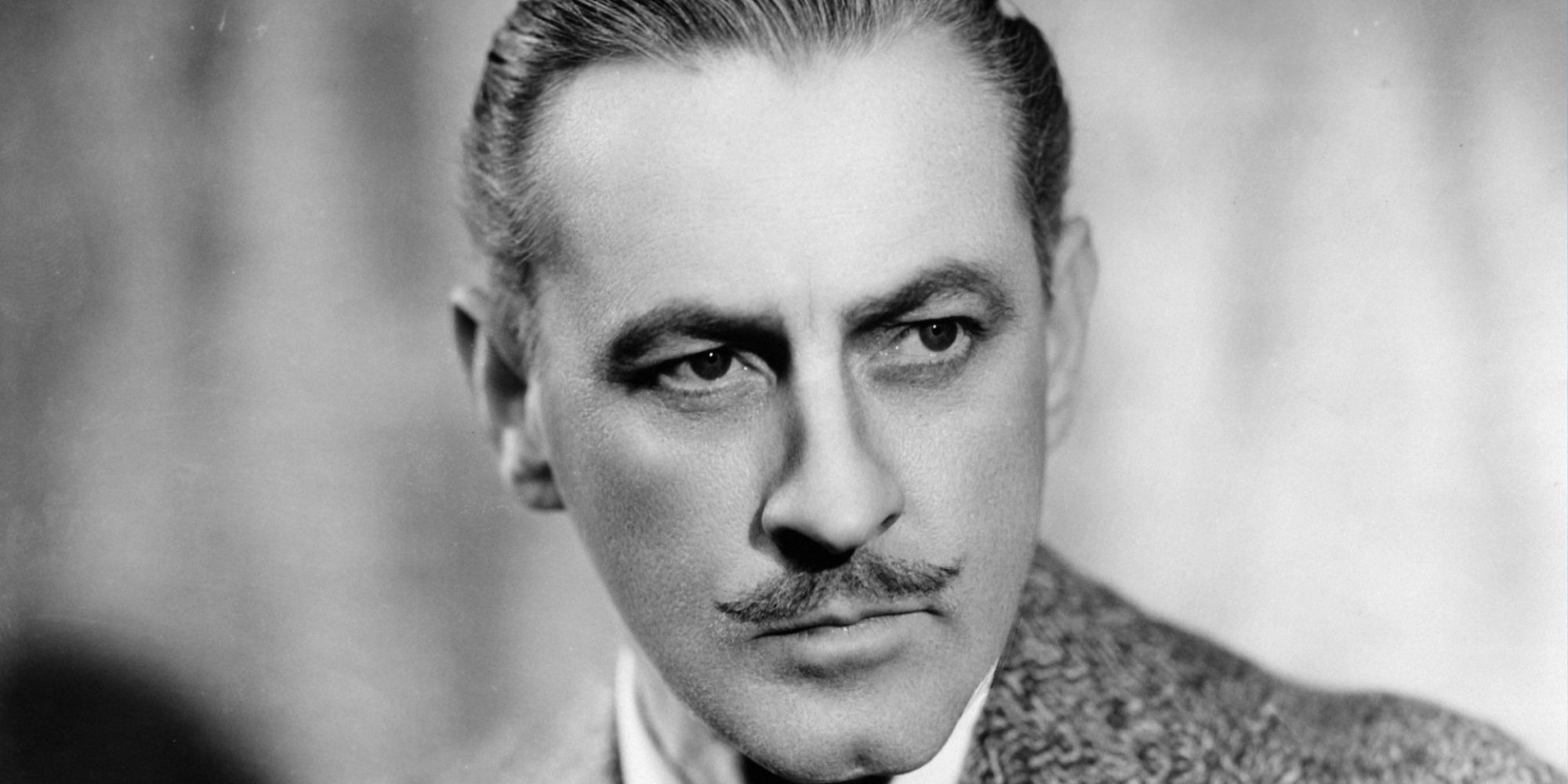 John-barrymore-actor-family
John-barrymore-actor-family
](/best-jekyll-hyde-movies-ranked-imdb/)
Maurice Barrymore: The Patriarch and Dynasty Founder
Notable Projects: Pique (Stage Play)
Drew Barrymore’s great-grandfather, Maurice Barrymore, born Herbert Blythe, was a British stage actor born in India and the founder of the Barrymore family acting dynasty. Despite his parents’ wishes for him to pursue law, Maurice became an amateur boxing champion in 1872. He then adopted the stage name Barrymore, becoming the first in the family to do so, and emigrated to the United States to begin his career in entertainment. Maurice started on Broadway, starring in the play Pique. Following the births of his children, Lionel, John, and Ethel, Maurice transitioned to Vaudeville, performing alongside prominent actresses of the era.
Tragically, in 1901, Maurice experienced a public mental breakdown, delivering an anti-Semitic monologue onstage. He was subsequently diagnosed with a mental illness and institutionalized in a psychiatric hospital. At the urging of his children, Maurice remained in the hospital due to his violent and erratic behavior until his death in 1905. Maurice Barrymore’s legacy is complex. While not considered a major star in his own right, he was recognized as a strong supporting actor and is primarily remembered as the originator of the Barrymore family’s profound connection to show business.
[ 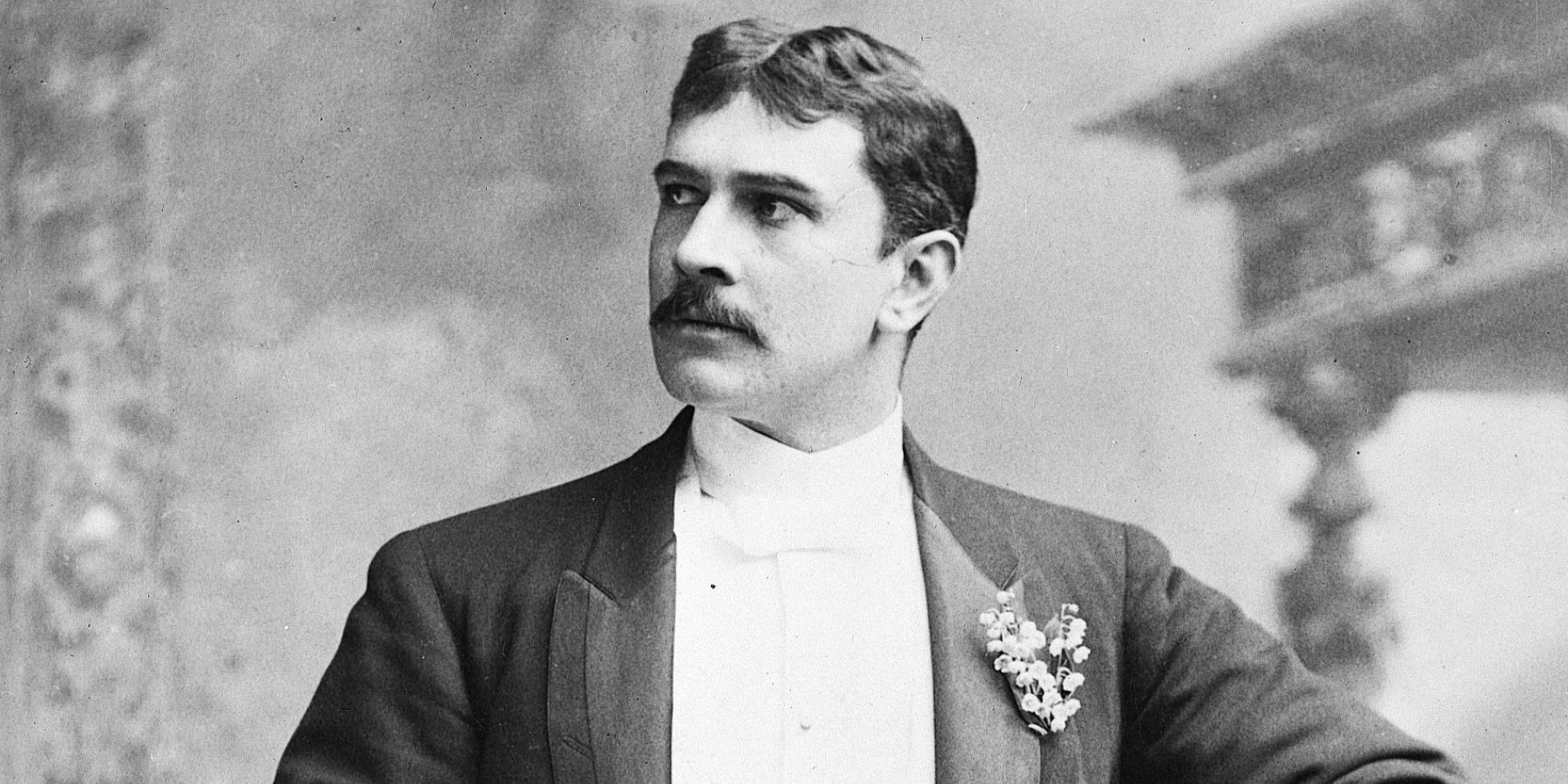 maurice-barrymore-actor-family
maurice-barrymore-actor-family
](/nepo-baby-casting-good-examples/)
John Drew Barrymore: Continuing the Lineage
Notable Projects: The Wild Wild West, Gunsmoke
John Drew Barrymore Jr., son of John Barrymore and silent film actress Dolores Costello, was born in 1932 into the already established Barrymore family dynasty. He secured his first acting role at the age of 8, primarily in Western-style films reminiscent of Clint Eastwood’s work. Early in his career, John Drew Barrymore continued to take on smaller roles in less successful films, leading him to television where he appeared in guest roles on various anthology series in the 1950s. He later returned to film, featuring in film noirs like While the City Sleeps before working in Italian dramas in Italy for a period.
After five years abroad, Barrymore returned to Hollywood and again focused on television, guest-starring in shows including Dundee and the Culhane, Run For Your Life, The Wild Wild West, and Gunsmoke. In 1975, his wife Jaid Barrymore gave birth to their daughter Drew, who would become the most famous member of the Barrymore family. John Drew Barrymore’s contributions to television were recognized with a Star on the Hollywood Walk of Fame. Despite a strained relationship with his daughter for many years, Drew Barrymore cared for him in his final years before he passed away from cancer in 2004. Drew honored his memory by scattering his ashes at Joshua Tree National Park, a place he loved.
[ 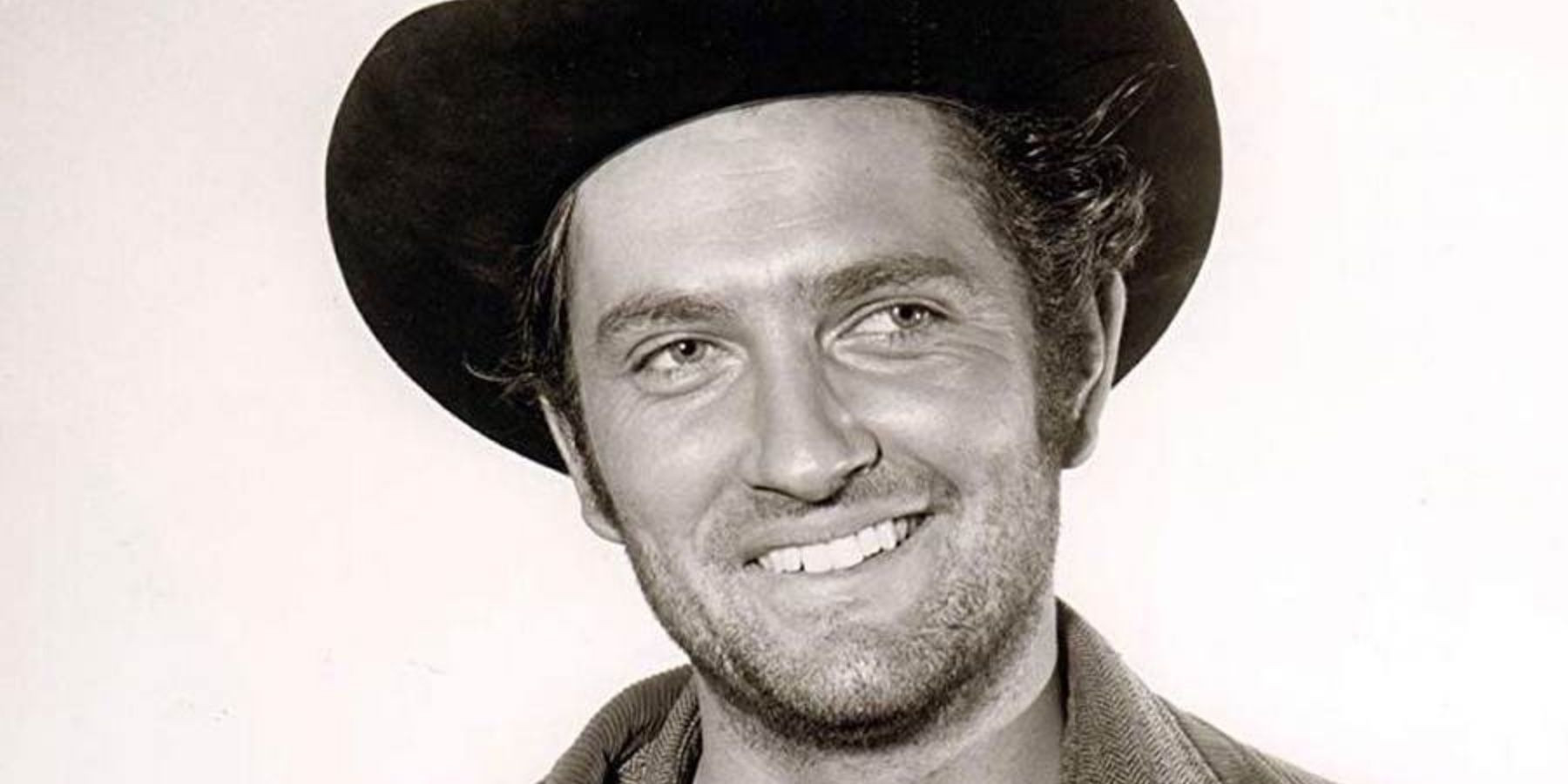 john-drew-barrymore-family-actor
john-drew-barrymore-family-actor
](/actors-not-on-hollywood-walk-fame/)
Ethel Barrymore: “First Lady of the American Theater”
Notable Projects: Captain Jinks and the Horse Marines, None but the Lonely Heart, Ethel Barrymore Theater
Ethel Barrymore, sister to John and Lionel, emerged as a prominent stage actress, earning the title “The First Lady of the American Theater.” She made her Broadway debut in 1895 and subsequently toured London with a theater troupe, achieving international acclaim and even attracting a marriage proposal from Winston Churchill. Upon her return to the U.S., Ethel became a major star with her leading role in Captain Jinks and the Horse Marines.
Ethel Barrymore enjoyed a distinguished stage career, while also occasionally appearing in films and radio. She won the Academy Award for Best Supporting Actress for her performance in None but the Lonely Heart (1944), opposite Cary Grant. Following roles in film noirs and dramas like The Spiral Staircase and The Paradine Case, Barrymore hosted her own television series, Ethel Barrymore Theater. Posthumously, in 1960, Ethel Barrymore was awarded a Star on the Hollywood Walk of Fame, alongside her brothers, further solidifying her esteemed position in the Barrymore family and Hollywood history.
[
](/what-is-a-nepo-baby/)
Diana Barrymore: Talent and Tragedy
Notable Projects: Eagle Squadron, Nightmare
Diana Barrymore, daughter of John Barrymore and aunt to Drew Barrymore, began her career on stage as a teenager, quickly gaining attention and gracing the cover of Life magazine due to the Barrymore family’s theatrical prominence. At 20, Diana transitioned to film, starring in movies like Eagle Squadron, Nightmare, and Ladies Courageous. Diana Barrymore was known for both her considerable talent and a life marked by personal struggles. Notably, she was slated to host the first-ever talk show in 1950, predating Joe Franklin’s debut in the format. However, she was unable to fulfill the role on the first day due to being intoxicated.
While Joe Franklin is often credited with inventing the talk show format, The Diana Barrymore Show on CBS actually preceded his by two years and Drew Barrymore’s talk show by seven decades. In a time when female talk show hosts were rare, Diana Barrymore almost became the first. Tragically, Diana Barrymore passed away at the young age of 38 in 1960, with a suspected drug overdose as the cause, though the details of her death remain somewhat unclear.
[ 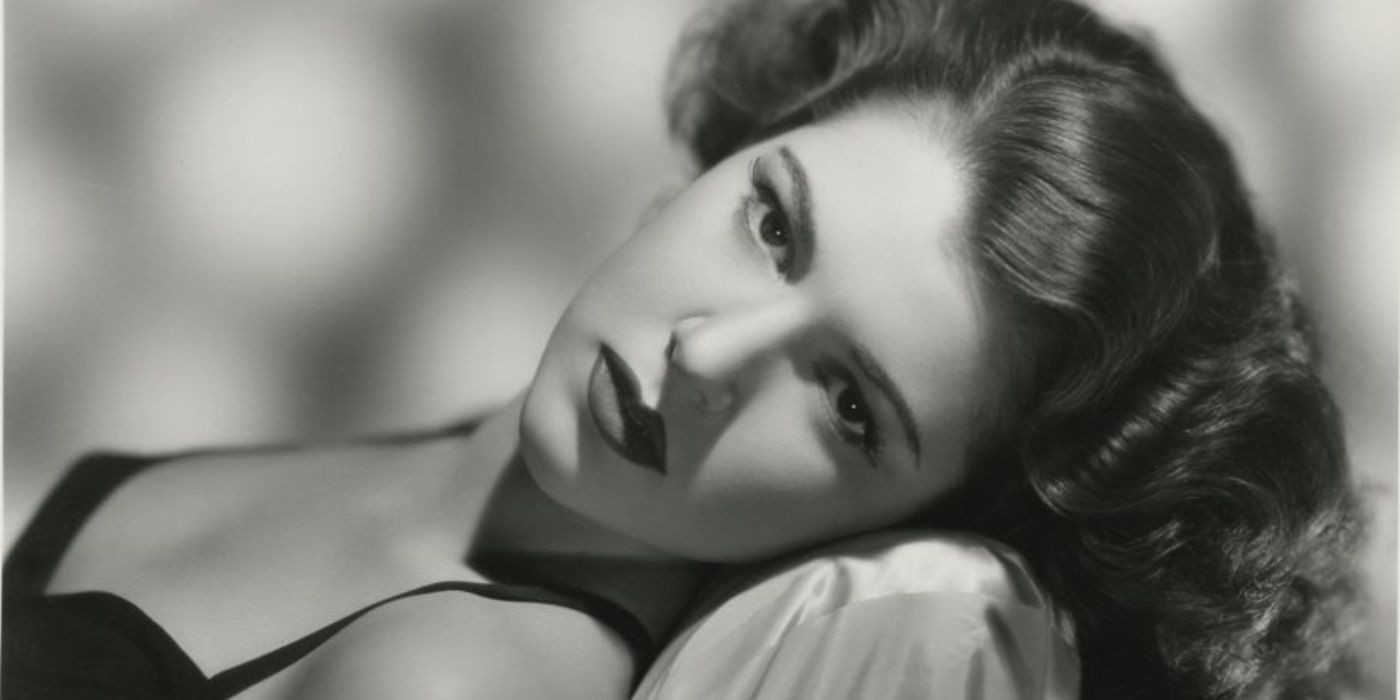 Diana-barrymore-actress-family
Diana-barrymore-actress-family
](/nepo-baby-casting-good-examples/)
Debunking the “Barrymore Family Curse”
An Unfair and Misleading Narrative
The Barrymore family’s long history in the public eye has meant that their personal challenges and tragedies have also been highly publicized. These include Maurice’s mental health struggles, Diana’s untimely death, John’s alcoholism, John Drew Jr.’s estrangement, Drew’s battles with addiction, and the tragic accidental overdose of Drew’s half-sister, Jessica Blyth Barrymore. This pattern of adversity led to the unfortunate notion of a “Barrymore family curse.” However, this concept, suggesting a supernatural force impacting generations of Barrymores, is a harmful misrepresentation.
Attributing the family’s history of substance abuse and mental health issues to a “curse” is a disservice. It ignores the very real genetic predispositions to addiction and the immense pressures associated with growing up in a renowned acting dynasty under constant public scrutiny. There is no supernatural curse afflicting the Barrymore family, but rather real-world issues like addiction, which can devastate families regardless of fame or fortune. Addiction is not a curse but a treatable health condition that deserves understanding and support, not shame and sensationalism.
Drew Barrymore’s successful career and life after overcoming her own struggles with addiction serves as powerful evidence against the myth of the “Barrymore family curse.” She has built a thriving career, amassed considerable success, and now hosts her own popular talk show. Drew Barrymore’s journey demonstrates resilience and effectively dismantles the fictitious narrative of a family curse.
[ 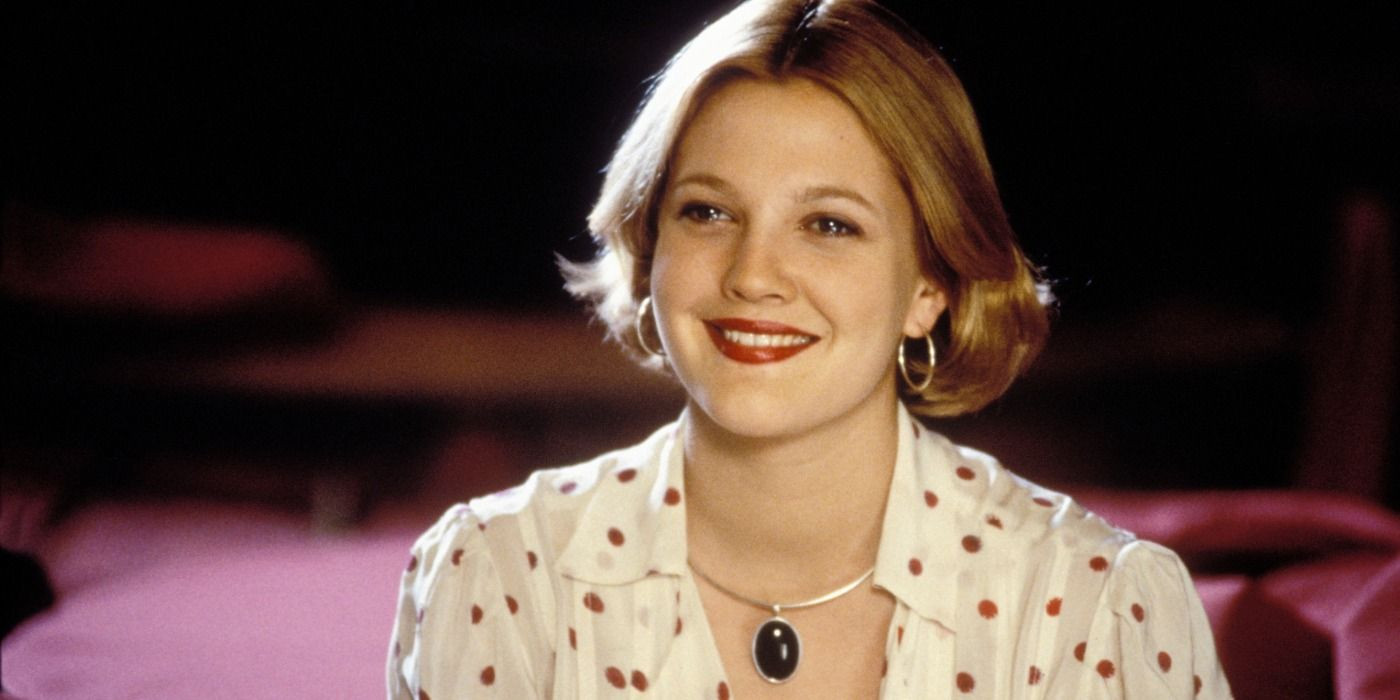 Drew Barrymore smiling in The Wedding Singer.
Drew Barrymore smiling in The Wedding Singer.
](/drew-barrymore-wedding-singer/)
Beyond the Barrymores: Other Notable Acting Dynasties
The Coppola Family: Expanding the Hollywood Footprint
The Barrymore family is not alone in Hollywood as an acting dynasty. Other prominent families include the Coppolas, the Arquette family, the Baldwin brothers, the Fonda family, and the Carradine family. Interestingly, many of these families have members who specialize in different aspects of filmmaking. For example, the Carradines are often associated with Westerns, the Coppolas with gangster films, the Fondas with dramatic roles, and the Baldwins, particularly Alec Baldwin, with comedy, including Saturday Night Live. The Barrymore family, with its roots in Vaudeville, has also demonstrated versatility across dramatic and comedic roles throughout their illustrious history, proving their enduring talent and adaptability within the ever-evolving entertainment landscape.
